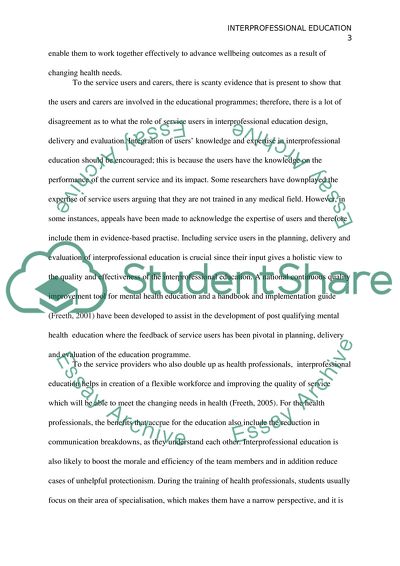Cite this document
(Interprofessional Education and the Framework and Policies that Coursework - 1, n.d.)
Interprofessional Education and the Framework and Policies that Coursework - 1. https://studentshare.org/health-sciences-medicine/1814492-interprofessional-education
Interprofessional Education and the Framework and Policies that Coursework - 1. https://studentshare.org/health-sciences-medicine/1814492-interprofessional-education
(Interprofessional Education and the Framework and Policies That Coursework - 1)
Interprofessional Education and the Framework and Policies That Coursework - 1. https://studentshare.org/health-sciences-medicine/1814492-interprofessional-education.
Interprofessional Education and the Framework and Policies That Coursework - 1. https://studentshare.org/health-sciences-medicine/1814492-interprofessional-education.
“Interprofessional Education and the Framework and Policies That Coursework - 1”. https://studentshare.org/health-sciences-medicine/1814492-interprofessional-education.


